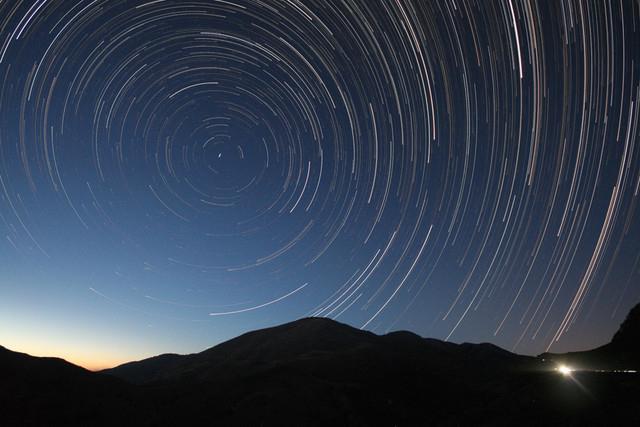Stars and planets, galaxies and nebulae - when you look at the night sky, you can enjoy its treasures for hours. Even a simple knowledge of the constellations and the ability to find them in the sky is a very useful skill. It will be a great pleasure for you, when you find yourself in nature, you will be able to find individual constellations and show them to your companions. Such beautiful constellations as Ursa Major and Ursa Minor, Cassiopeia, Cepheus and others "inhabit" the northern hemisphere of the sky. We will dwell on the polar constellations of the northern hemisphere, that is, the constellations surrounding the celestial north pole.

The easiest way to navigate the night sky of the northern hemisphere is to first find Ursa Major. This constellation also resembles a bucket. Further, if you continue the line connecting the two stars of the frontal part of the bucket, towards the upper part of it, then at a distance of about 30 degrees you will find the North Star. In order to measure this distance, you do not need sophisticated astronomical instruments. There is a simple method for this. Extend your hand in front of you and make the so-called “goat” by straightening the little finger and index finger and bending two fingers between them. The distance between the little finger and the index finger of the "goat", located at arm's length from your eyes, corresponds to about 10 degrees in the celestial sphere. Thus, counting three such distances in the indicated direction, you will find a bright star called Polaris. A characteristic feature of this star is that the entire northern hemisphere revolves around it. Photographers love to use this property, making impressive snakes with many hours of exposure. Contrary to popular belief, the Polar Star is not the brightest star in the northern hemisphere. This title belongs to Arcturus, which is located in the
constellation Bootes.
The Polar Star enters another famous constellation - Ursa Minor.
This constellation, like Ursa Major, resembles a small bucket, the end of the handle of which is determined by the Polar Star. Cassiopeia is another constellation that adorns the northern hemisphere. It is very easy to find in a clear night sky in a characteristic form, most reminiscent of the letter "M" or "W" of the English alphabet. This constellation is easy to navigate with the North Star, as the "U-turn" or the bottom of the letter "M" is directed towards the Ursa Major.
The next constellation framing the north pole of the sky is Cepheus. There are five main stars in this constellation that make up the "house", although this image does not correspond to its astrological significance. The roof of the "house" is turned towards the North Star. A more reliable method to find Polaris using the constellation Cepheus is to continue up the right side of the "house" formed by the stars Alderamin and Alfirk.
At a distance approximately equal to the two sides of the house, you will find the North Star.
The last polar constellation of the northern hemisphere is the constellation Dragon. It can be found, knowing that Cepheus is located between the Dragon and Cassiopeia. The dragon is the most widespread constellation that makes up the northern hemisphere of the sky, but the least known. The reason for this is that it is difficult to observe both in urban areas, where night lighting illuminates the sky, and in rural areas, where the constellation mixes with numerous minor stars located in the constellation.